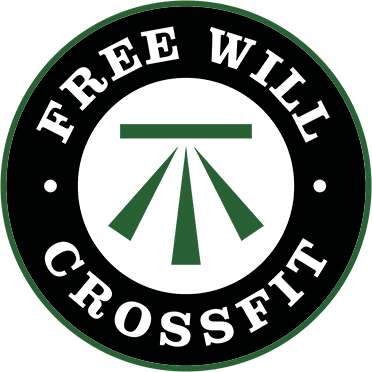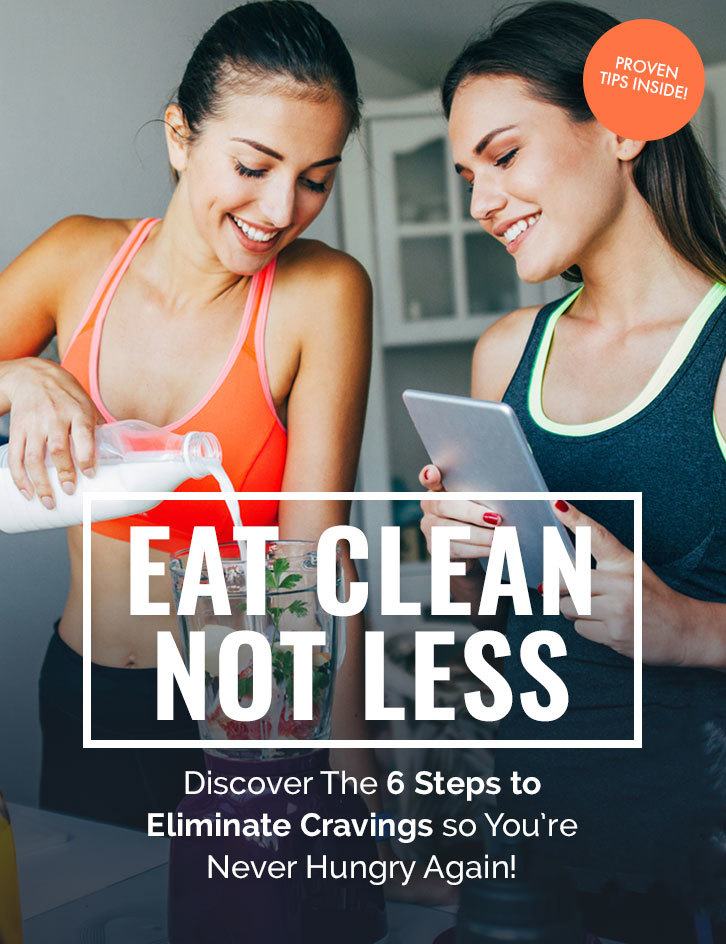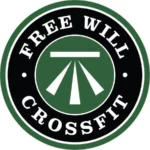This is a phrase that gets thrown around a lot and it’s one of the most critical, and simple, things we can focus on for our health. What does this mean? I’m sure you’ve heard it before, or you’ve heard “eat real foods”, “eat whole foods”, etc. Let’s clarify and provide some actionable tips.
So how do we know if a food is whole, real, or clean? Many times, it comes down to one question. Can you list the ingredients in that food, just by looking at it? The answer to this question should determine how often we eat that food. If it’s a whole food, like an apple, there’s a good chance we can eat it pretty often. Apples are just made of apples right? Applesauce on, on the other hand, starts out the same, but has some extra stuff in it. This doesn’t mean that apple sauce is off the table, just that it shouldn’t be a staple in our diets day to day.
Clean means that it’s free of preservatives and additives. It means that it grew in a field or ran around in a field at one point. When our diets are made up mostly of foods with easily identifiable ingredients, we’re on the right track. This isn’t a perfect rule, but the goal with nutrition is never perfection.
The more we know, the more informed our decisions can be and that’s half the battle. Underneath the discussion of clean vs. processed, what’s really important is arming ourselves to be more intentional about food. Be an active participant in your health. Discipline, even a small amount, yields freedom with your nutrition.
No food should be completely avoided in any diet. The question is just about how much and how often it should be eaten. Whole foods can and should be eaten everyday, whereas the other stuff should be less frequent. Our motto is move well, eat clean, be happy. If we were being completely honest, it would say “eat clean most of the time”, but that just won’t fit on a shirt.






